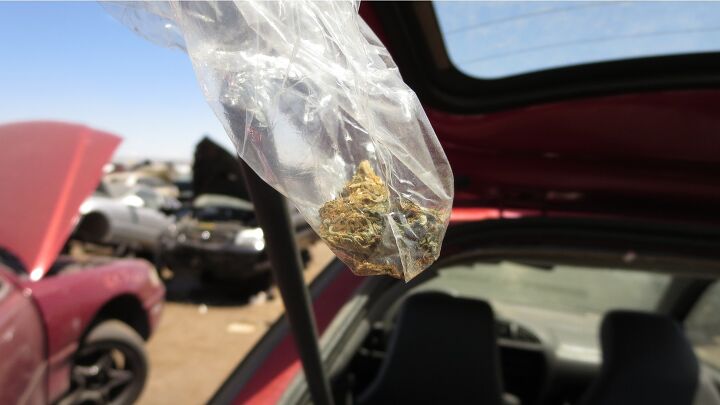#duid
Denver Police Know How To Catch Stoned Drivers, Feds Want To Learn More
The joke that spotting a high driver is as easy as looking for the car safely going 7 mph on the interstate isn’t entirely accurate, according to Denver police.
“You’d be wrong. We’ll see the same levels of intoxication between someone who’s been using alcohol and someone who is on drugs,” Denver police Captain Mark Chuck said Wednesday. “There’s virtually no difference.”
Spotting those signs of impairment could become very important as federal regulators devote resources to developing nationwide standards and training tools for law enforcement. The recently signed federal highway funding bill, dubbed Fixing America’s Surface Transportation (FAST) Act, directs the Transportation Department to study how to spot marijuana-impaired drivers as more states legalize the drug.
Driving While Stoned (Slight Return). Nine Times the Legal Limit, Cop: "It's Doubtful That I Would Have Pulled Him Over"
Some time ago, TTAC published a guest post on the topic of driving under the influence of cannabis that more or less discounted the dangers of puffing while puttering around, at least for experienced potheads. Needless to say that post provoked some heated discussion. Now that Colorado has legalized marijuana for general use, the legislature there has decided that it was necessary to officially define “too high to drive”. It’s not clear if the reason was traffic safety or revenue since instead of using a behavioral standard for impairment, the new law creates an arbitrary blood level of THC, the active ingredient in cannabis, that would define a driver as illegally impaired, whether or not they were measurably impaired in their driving. Critics of the way impaired driving is enforced already say that the drive to lower legal blood alcohol content limits was intended to catch people who weren’t actually impaired, driving safely but drunk according to the law, a classic case of malum prohibitum rather than malum in se. Setting an arbitrary limit for THC would allow DUID, driving under the influence of drugs, to join DUI as a cash cow for city, county and state governments.
The new law in Colorado allows juries to convict someone of DUID if blood tests show a THC level of at least 5 nanograms per milliliter of blood. That level is the same as enacted in Washington following that state’s marijuana legalization initiative. It’s not entirely clear why the five nanogram limit was chosen. While some novice pot smokers may actually be impaired enough to affect their driving with 5ng/mL of THC in their blood, Reason, the libertarian publication, reports that many drivers are perfectly competent at many times that level of cannabinoids in their system.
















Recent Comments